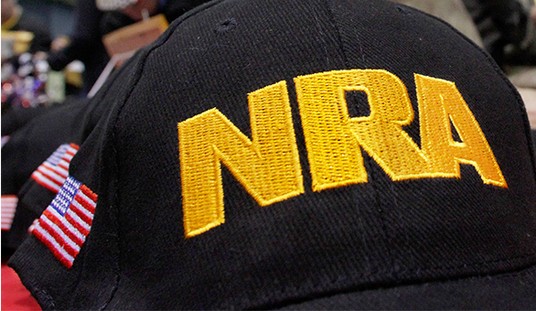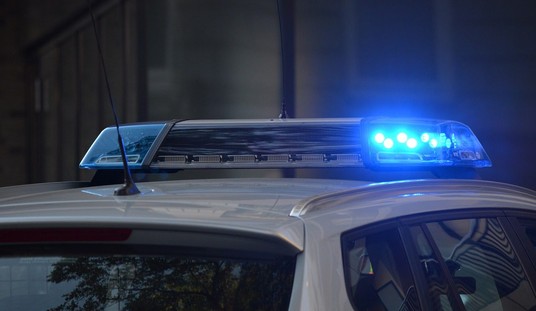
The Federal Government, particularly the staid Department of Homeland Security (DHS), isn’t typically noted as being an “early adopter” of cutting-edge techniques. Thus, whenever something becomes public policy for DHS, you can rest assured that concept has utterly become “mainstream.”
That’s why it is so revolutionary that DHS has announced the “Stop the Bleed” campaign on October 7, 2015 encouraging the use of tourniquets in emergency situations.
Tourniquets had been around since at least the 1700’s but their use was primarily limited to hospital settings as they were discouraged for non-professionals. That changed when research from the Vietnam War showed a significant portion battlefield deaths were due to “exsanguinations” (loss of blood) from an arm or leg wound rather than traumatic injury to the head or torso.
As such casualties were likely preventable if the blood loss had been stopped in the field rather than waiting until a patient got to a hospital, the U.S. military eventually adopted the tourniquet as standard first-aid equipment. They were first fielded in 1996 for special operations units and eventually all military personnel beginning around 2005.
Since widespread implementation, there has been a 67% reduction in deaths due to massive extremity hemorrhage.
The tourniquet showed such positive results in pre-hospital settings that law enforcement personnel in the U.S. began taking notice. As gunshot and knife wounds are an occupational hazard for police officers, tourniquet availability made sense. Additionally, in light of mass casualty events such as the Boston Marathon bombing and school shootings where victims were likewise bleeding to death from arm and leg wounds, having tourniquets available proved to be a fairly simple and inexpensive way to save many lives.
Field use of tourniquets initially faced resistance for various reasons but has proven so successful that the controversy now seems silly. Having just recently overcome many of the same psychological hurdles preventing implementation within civilian law enforcement/medical circles, the DHS program marks a noteworthy attitude shift.
That means there is no reason why you shouldn’t likewise carry a tourniquet, even if you don’t carry a gun.
Teaching proper tourniquet application technique is beyond the scope of this website. However, as no certification or training is required, there is nothing to prevent you from purchasing one and learning to use it effectively (though we strongly recommend you seek professional training).
The biggest question for responders is, “when do I apply a tourniquet?” The answer can be found in a memorable guideline that an instructor once gave to the author: the “Holy S@#T!” test.
In other words, if you happen upon an injury and blurt out, “Holy S@#T! That is a lot of blood!!,” a tourniquet would likely be necessary. The somewhat facetious guidance seems crude but in practical application, it works quite well. The point is that if you think a tourniquet will prevent a patient from bleeding to death, go ahead and apply it. Apocryphal warnings of losing limbs and other damage caused by a tourniquet are baseless whenever medical professionals can treat the patient within two hours (the approximate time frame for possible major tissue damage resulting from an unnecessary tourniquet).
Another major question is “What is the best tourniquet?” The supreme answer is, “the one you are carrying.” There is a considerable amount of discussion and research concerning tourniquets but the key is to just go ahead and purchase any of the widely-known brands. Any shortcomings to your particular model are outweighed by the likelihood of a patient bleeding to death without prompt treatment.
After purchasing a tourniquet, try it yourself by applying just enough pressure to see and feel blood flow slowed to your own limb. Such practice is critical because when suddenly confronted by a spurting artery you don’t have time to question, “Does Tab A go into Slot B, or vice versa?” Such practice sessions are also important because you should also be able to apply the device to your own arm or leg without assistance as self-rescue is one major reason to carry a tourniquet in the first place.
One common piece of kit that many people carry is the ubiquitous Israeli military Emergency Bandage or IBD; there are also many other similar commercial variations available. These types of bandages are frequently touted for use as improvised tourniquets but field usage has shown that while they work well as compression dressings, they are relatively ineffective as a tourniquet.
In other words, don’t roll your own- buy a tourniquet rather than improvise. Laboratory research has proven that field-expedient tourniquets are typically ineffective or commonly useless. When caught without any equipment, it is worth making an attempt at improvisation but the better answer is to have access to a tourniquet at all times.
One caveat- make sure you purchase from a reputable source. As the U.S. CAT model is so well-known, there are cheap knock-off versions floating around military surplus channels and there are even ‘dummy’ models sold to airsoft gamers. “Bleeding out” because you saved ten dollars on a tourniquet at the surplus store is isn’t a very pleasant thought.
You can’t have too many tourniquets lying around. For example, when the author was working he carried a low-bulk SWAT-T model in his pants pocket, a military Combat Application Tourniquet (CAT) unit in the door of his squad car and there was a “blow out kit” containing two ratchet-style tourniquets stowed on the headrest of the passenger seat. Thus, regardless of being wounded alone and away from the car or suddenly confronted by a mass-casualty event or horrific multi-limb injury, there was plenty of equipment available. There is also a CAT riding in the door pocket of his personal vehicle along with the larger blow-out/trauma kit in the back.
You’ll probably never need a tourniquet but now that they have officially reached the mainstream with the new DHS Stop the Bleed program, there is no reason not to have at least one within reach. The life you save might literally be your own.
Links-
http://www.dhs.gov/stopthebleed
Examples of Widely-used Tourniquets from Amazon.com
 |
Military Issue Combat Application Tourniquet |
 |
SOF Tactical Tourniquet SOFTT |
 |
SWAT-T Tourniquet |
 |
R.A.T.S. Rapid Application Tourniquet System |







Join the conversation as a VIP Member